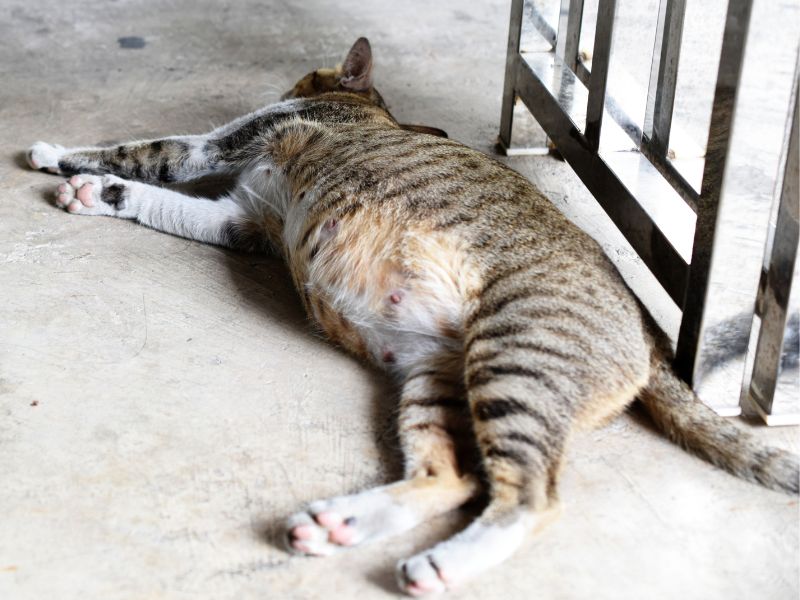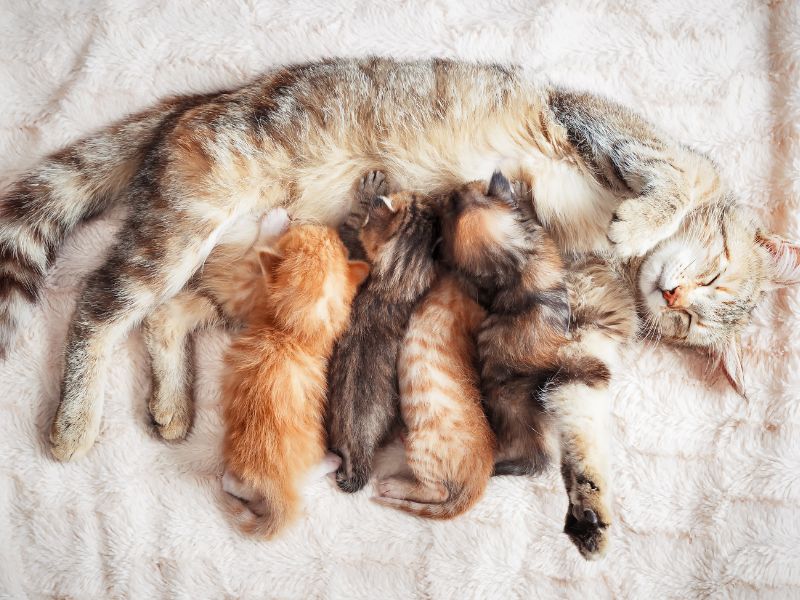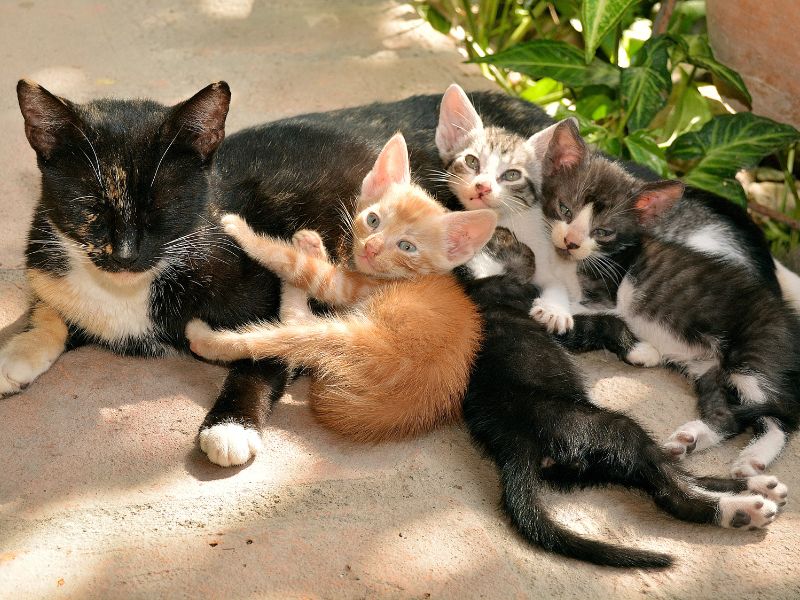Owning a cat can be one of the most fulfilling experiences for any pet lover. However, the responsibility that comes with it can sometimes feel overwhelming. One of the most important decisions you’ll make as a cat owner is whether or not to spay your female cat. While some pet owners opt not to spay their cats, it’s important to understand the potential consequences of this decision. Not spaying your female cat can lead to a number of health problems, including an increased risk of certain types of cancer and the potential for unwanted litters. It’s important to educate yourself on the benefits of spaying your female cat and the potential risks of not doing so. In this article, we’ll explore what can happen if you don’t spay your female cat and why it’s important to consider this option for the health and well-being of your furry friend.
The Basics of Spaying
Spaying is a surgical procedure that involves removing your female cat’s ovaries and uterus. This procedure is also known as an ovariohysterectomy. Spaying is typically done when your cat is young, between six and eight months of age, but can be done at any age. It is a common procedure that is performed by veterinarians and is considered routine. Spaying your cat has many benefits, including preventing unwanted pregnancies, reducing the risk of certain types of cancer, and reducing the risk of certain behavioral problems.
When you spay your female cat, you are preventing her from going into heat. This means that she will not be able to reproduce, which can help prevent the overpopulation of cats. Additionally, spaying your cat can help reduce the risk of certain types of cancer, including ovarian cancer and uterine cancer.
Spaying your cat can also prevent certain behavioral problems, such as spraying and yowling. When a female cat is in heat, she may become very vocal and spray urine to mark her territory. This behavior can be very frustrating for cat owners and can be easily prevented by spaying your cat.
The Risks of Not Spaying Your Female Cat
While spaying your female cat has many benefits, not spaying your cat can have serious consequences. One of the biggest risks of not spaying your cat is the potential for unwanted litters. Female cats can become pregnant as early as four months of age, and they can have multiple litters each year. This can quickly lead to an overpopulation of cats, which can be very difficult to manage.
Another risk of not spaying your cat is an increased risk of certain types of cancer. Female cats that are not spayed are at a higher risk for developing uterine cancer, ovarian cancer, and mammary cancer. These types of cancer can be difficult to treat and can be fatal if left untreated.
In addition to the health risks, not spaying your cat can also lead to behavioral problems. Female cats that are not spayed may become very vocal and spray urine to mark their territory. They may also become more aggressive and engage in destructive behavior, such as scratching furniture and walls.

Health Complications in Female Cats That Are Not Spayed
Female cats that are not spayed are at a higher risk for developing a number of health complications. One of the most common health complications in female cats that are not spayed is pyometra. Pyometra is a potentially life-threatening infection of the uterus that can occur in unspayed female cats. Symptoms of pyometra include lethargy, vomiting, and discharge from the vagina. If left untreated, pyometra can be fatal.
Another health complication that can occur in unspayed female cats is mammary gland tumors. These tumors can be benign or malignant and can be difficult to treat. Female cats that are not spayed are at a higher risk for developing these types of tumors, which can be fatal if left untreated.
Behavioral Changes in Female Cats That Are Not Spayed
In addition to health problems, not spaying your female cat can also lead to behavioral changes. Female cats that are not spayed may become more aggressive and engage in destructive behavior, such as scratching furniture and walls. They may also become very vocal and spray urine to mark their territory. These behaviors can be very frustrating for cat owners and can lead to a strained relationship between the cat and the owner.
The Impact of Not Spaying on The Cat Population
Not spaying your female cat can also have a negative impact on the cat population. Female cats can become pregnant as early as four months of age, and they can have multiple litters each year. This can quickly lead to an overpopulation of cats, which can be very difficult to manage. Overpopulation of cats can lead to a number of problems, including disease, starvation, and an increase in the number of cats that are euthanized each year.

See Also: 20 Amazing Facts and Myths About Cats
And: How to Correct Common Cat Behavior Problems
When Should You Spay Your Female Cat?
Spaying your female cat is typically done when she is young, between six and eight months of age. However, the procedure can be done at any age. It’s important to consult with your veterinarian to determine the best time to spay your cat based on her age and overall health.
The Spaying Process
The spaying process is a surgical procedure that is typically done under general anesthesia. The procedure involves removing your cat’s ovaries and uterus. Your cat will be given pain medication after the procedure to help manage any discomfort.
After the procedure, your cat will need to be monitored closely to ensure that she is healing properly. You may need to restrict her activity level for a few days to allow her to heal. Your veterinarian will provide you with detailed instructions on how to care for your cat after the procedure.
Cost Of Spaying Your Female Cat
The cost of spaying your female cat can vary depending on a number of factors, including your location, the age of your cat, and the veterinarian that performs the procedure. However, the cost of spaying your cat is typically less than the cost of caring for a litter of kittens or treating a health problem that could have been prevented by spaying.
Conclusion
Spaying your female cat is an important decision that can have a significant impact on her health and well-being. Not spaying your cat can lead to a number of health problems, including an increased risk of certain types of cancer and the potential for unwanted litters. It’s important to educate yourself on the benefits of spaying your female cat and the potential risks of not doing so. By spaying your cat, you are helping to prevent overpopulation of cats, reduce the risk of certain types of cancer, and prevent certain behavioral problems. If you have any questions or concerns about spaying your cat, consult with your veterinarian to determine the best course of action for your furry friend.

